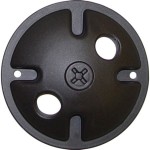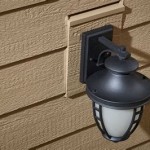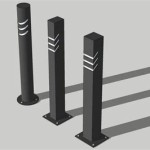How to Measure Outdoor Cushions for Fabric
Replacing or reupholstering outdoor cushions can significantly enhance the look and comfort of your outdoor seating. Knowing how to accurately measure your cushions is crucial for selecting the right amount of fabric and ensuring a perfect fit. This guide provides a step-by-step process to measure outdoor cushions, ensuring a successful fabric purchase.
1. Identify Cushion Type and Dimensions
Before starting the measuring process, it is essential to identify the type of cushions you are dealing with. Different cushion shapes and sizes require distinct measurement techniques.
Common outdoor cushion types include:
- Seat Cushions: Square, rectangular, or curved cushions designed for seating surfaces.
- Back Cushions: Usually rectangular and provide support for the backrest.
- Throw Pillows: Smaller decorative cushions used for added comfort and style.
Once you have identified the cushion types, note their dimensions. For rectangular or square cushions, measure the length, width, and thickness. For curved cushions, measure the length of the longest side, the width of the widest part, and the thickness. For throw pillows, measure the diameter or the length and width.
2. Measuring Cushion Dimensions
Measuring the cushions accurately is critical for determining the fabric quantity needed. Use a tape measure to obtain precise measurements and record them in a notebook.
Seat and Back Cushions:
- Length: Measure the longest side of the cushion, excluding any decorative details.
- Width: Measure the shortest side of the cushion, excluding any decorative details.
- Thickness: Measure the cushion's height, from the bottom to the top of the cushion.
Throw Pillows:
- Diameter: Measure across the widest part of the circular pillow.
- Length and Width: Measure the longest and shortest sides of the pillow, if it is not perfectly round.
Important Considerations:
- Measure each cushion individually, as sizes may vary even within the same set.
- Account for any decorative elements, such as welt cords or piping, when measuring.
- Measure the cushions while they are in their intended position to avoid any discrepancies related to compression or sagging.
3. Calculating Fabric Requirements
Once you have all the cushion measurements, you can calculate the fabric required for each cushion. Here are general guidelines for calculating fabric needs:
Seat and Back Cushions:
- Fabric Length: Add the length and width of the cushion, then double the result. This accounts for the fabric needed to wrap around the cushion and create seams.
- Fabric Width: The width of the fabric should be at least equal to the thickness of the cushion plus seam allowances. For thicker cushions, you may need wider fabric.
Throw Pillows:
- Fabric Length and Width: For circular pillows, multiply the diameter by 3.14 (pi) to find the circumference. The fabric length should be equal to the circumference plus seam allowance. The fabric width should be at least equal to the pillow diameter plus seam allowance.
- Fabric Length and Width: For rectangular pillows, add the length and width and multiply the result by 2. This gives you the total fabric length needed for the pillow cover. The fabric width should be equal to the pillow's thickness plus seam allowance.
When purchasing fabric, it is always recommended to buy at least 10% extra to account for any mistakes or pattern matching. You can also consult with a fabric store professional for assistance with fabric calculations.

Custom Outdoor Cushions

Calculating Fabric Needed For Recovering Patio Cushions

Outdoor Cushion Guide Patioliving

Round Outdoor Cushions Custom Made 700 Fabrics Cushion Factory

Best Outdoor Cushions For Your Patio Furniture The Home Depot

Sew Easy Outdoor Cushion Covers Confessions Of A Serial Do It Yourselfer

Outdoor Cushion Guide Materials Foam Padding

Measuring Replacement Cushions Furniture Covers Home Style

How To Re Cover Outdoor Cushions A Quick Easy Diy Oh Yay Studio Color Painting Making Everyday Celebrating

Bespoke Outdoor Cushions For Garden Furniture Design Planning Considerations
Related Posts







